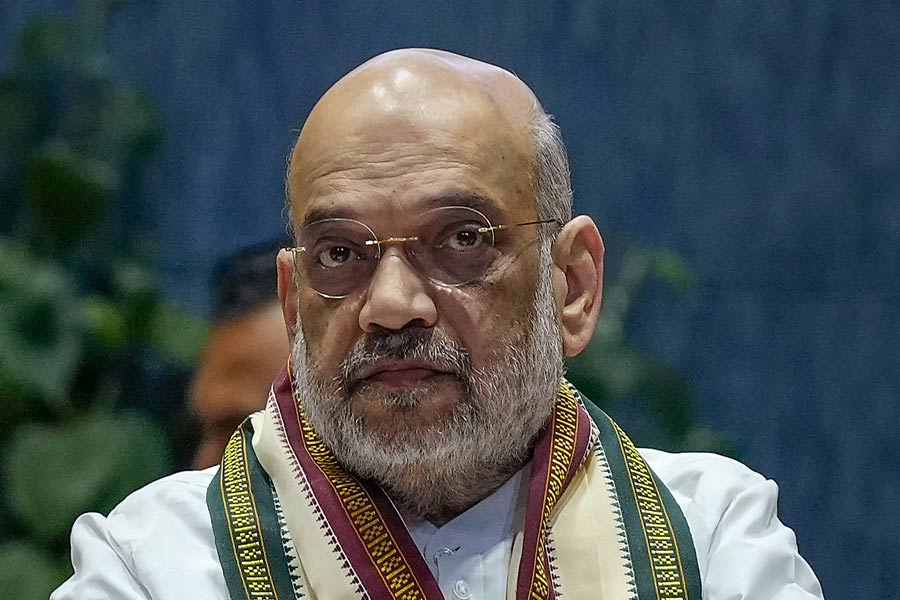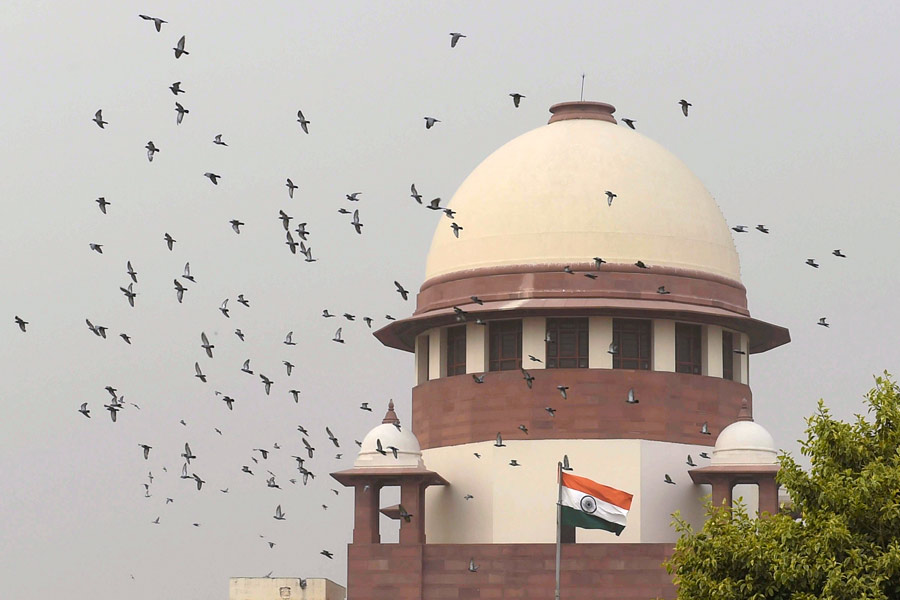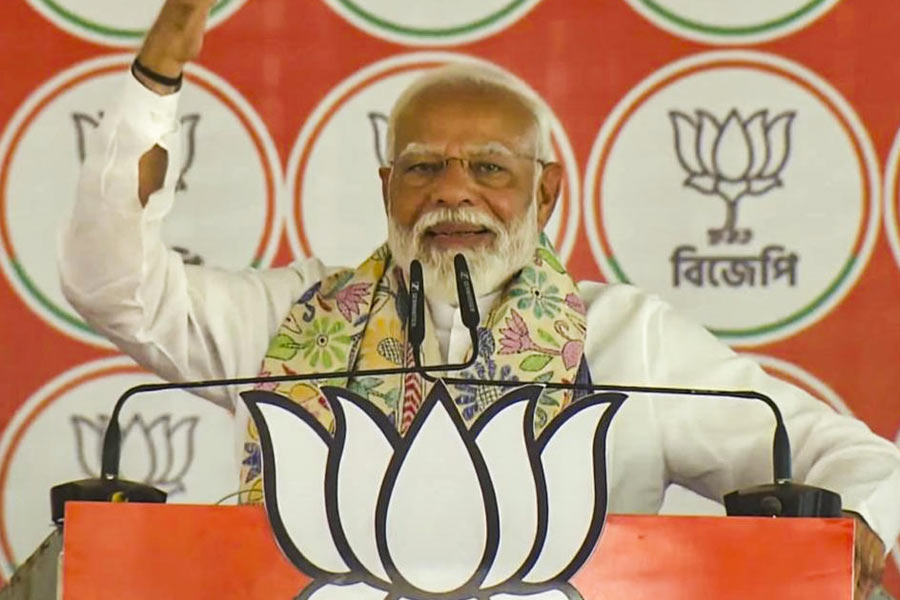A central government survey has shown that Jammu and Kashmir has a lower fertility rate than any state barring tiny Goa and Sikkim, a finding that challenges Right wing claims about runaway Muslim birth rates.
The National Family Health Survey (2019-21) reveals a sharp fall in the total fertility rate (TFR) --- the average number of children a woman bears in her lifetime --- in Jammu and Kashmir from 2.0 to 1.4, far below the national average of 2.
In comparison, Uttar Pradesh has a TFR of 2.4, Bihar 3, Madhya Pradesh 2.0, Jharkhand 2.3, Punjab 1.6, Odisha 1.8, and Kerala 1.8. Only two states – Sikkim (1.1) and Goa (1.3) – and the Union Territories of Ladakh (1.3) and the Andaman and Nicobar Islands (1.3) have TFRs below Jammu and Kashmir’s.
The survey does not give religion-wise TFR breakups. However, since Jammu and Kashmir is the only large region in India with a Muslim majority, the findings test the Right-wing propaganda about a high birth rate among Muslims.
Many in the Valley partly attribute the 2019 constitutional changes made in Jammu and Kashmir to the Right-wing’s demographic concerns, suggesting the idea was to pave the way for changing Kashmir’s Muslim-majority character.
“It (the survey) proves that the Muslim population, at least in Jammu and Kashmir, is growing only on WhatsApp,” People’s Democratic Party leader Firdous Tak said.
Using the bogey of a fast-increasing Muslim population, Right-wing groups have been urging Hindus to have more children.
“These parties rely on lies to spread fear among the majority community that the Muslims’ numbers are growing,” Tak added.
In September, the US-based Pew Research Center had said the Muslim fertility rate in India had plummeted by 1.8 from 4.4 to 2.6 between 1992 and 2015, against a fall of 1.2 among Hindus from 3.3 to 2.1.
In 2016, at a Kutumb Prabodhan (an RSS project whose name means ‘family awakening’) event presided over by RSS chief Mohan Bhagwat, it was claimed that Hindus had a fertility rate of 2.1 against one of 8 within the “other community”.
Hindus were further told their existence would be in peril in their “own country by 2025” if the situation persisted.
Dr Farhat Jabeen, former head of obstetrics and gynaecology at the Government Medical College, Srinagar, said the survey’s findings, if true, showed that such claims did not fit the context of Jammu and Kashmir.
“Previously, women’s only job was to produce children and take care of the family. With growing education, women (in Kashmir) are becoming more job-oriented,” she told The Telegraph.
“They want to be on a par with men in every sphere of life. They don’t want to have a big family.”
Dr Jabeen said her own experience suggested a rise in infertility, that is, the inability to get pregnant. “There are many reasons, like late marriages and (rising) obesity in Kashmir,” she said.
Many in Kashmir believe that one reason for late marriages or women’s failure to find husbands is the increasing deaths among the youth because of militancy.
Dr Jabeen, however, played down the idea that many women were remaining unmarried because there were not enough men.
“Maybe that (militancy) is one of the reasons, (but) families (often) plunge into economic crisis and women become their breadwinners (delaying their marriages),” she said.
Government officials portrayed the decline in the fertility rate as a rare success.
“Our family welfare programme has been a success in J&K,” said Dr Saleem Ur Rehman, director-general, family welfare department.
Dr Rehana Kausar, a consultant with the department, said the survey had shown that women had access to contraception and were increasingly opting for just two children while delaying the second birth.
The national TFR has declined to 2.0 from the value of 2.2 found during the earlier NFHS of 2015-16. This is the first time India’s TFR has fallen below the so-called population replacement threshold of 2.1, at which a population is expected to replace itself exactly from one generation to the next under certain conditions.
Sanghamitra Singh, a health scientist and senior manager with the NGO Population Foundation of India, however, said India’s population was expected to rise in the short term and peak at about 1.6 billion between 2040 and 2050 before starting to decline.
Additional reporting by G.S. Mudur from New Delhi












